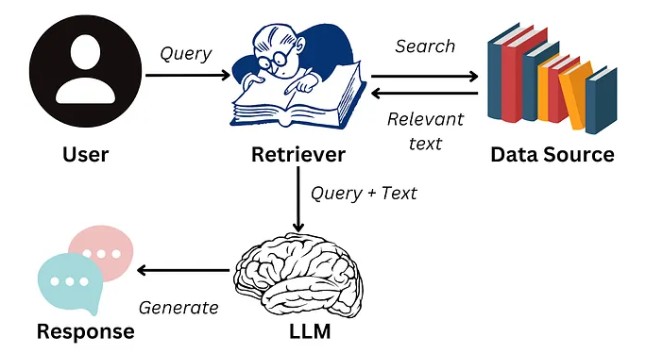Mastering Image Segmentation & Object Detection: AI’s Visionary Leap
In the world of artificial intelligence, image segmentation and object detection have revolutionized how machines interpret visual data. Image segmentation divides an image into meaningful regions, enabling precise identification of objects by differentiating between foreground and background. Meanwhile, object detection goes a step further, not only identifying objects but also determining their locations within an image using bounding boxes. These techniques are crucial in various domains, including healthcare (tumor detection), autonomous vehicles (pedestrian and obstacle detection), and surveillance (face recognition and anomaly detection). With advancements in deep learning, models like Mask R-CNN, YOLO (You Only Look Once), and U-Net have significantly improved the accuracy and efficiency of these tasks.
AI’s ability to see and understand images is not just a technical advancement—it’s a paradigm shift in how machines interact with the world.
Deep learning frameworks like TensorFlow and PyTorch have empowered researchers and developers to train sophisticated models that understand images with near-human accuracy. Image segmentation methods, such as semantic segmentation and instance segmentation, allow AI to recognize objects down to the pixel level, improving applications like medical imaging and satellite data analysis. On the other hand, object detection models leverage convolutional neural networks (CNNs) and transformers to analyze images at scale. YOLO, for instance, has made real-time object detection possible, enabling rapid decision-making in robotics and security systems. These innovations have reduced the gap between human perception and AI-driven image analysis.
Despite remarkable progress, challenges remain, such as handling occlusions, varying lighting conditions, and real-world complexities. Researchers are actively exploring self-supervised learning and generative AI to improve object recognition in diverse environments. Additionally, ethical concerns surrounding privacy and bias in AI models highlight the need for responsible development. The future of image segmentation and object detection is promising, with advancements in explainable AI and edge computing enabling real-time analysis on devices like smartphones and IoT sensors. As AI continues to evolve, these technologies will become even more integral to our daily lives, transforming industries and shaping the future of visual intelligence.


